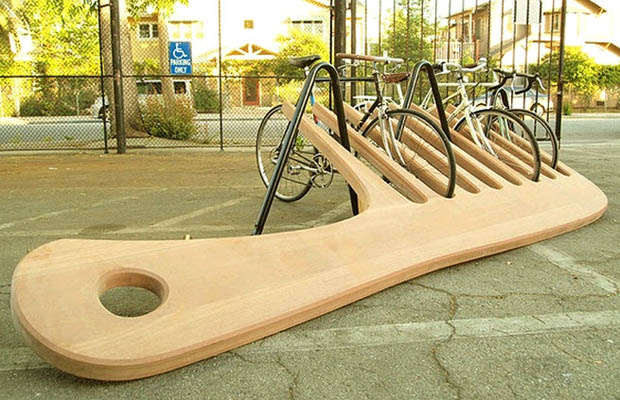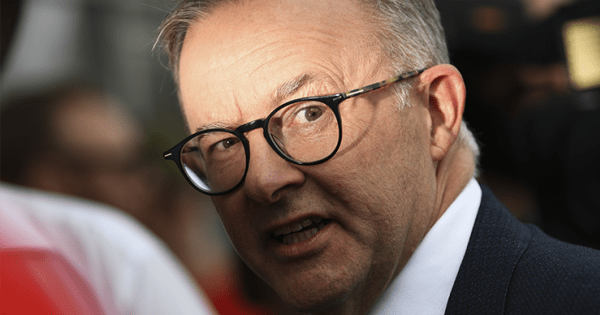
Many observers are concerned urban sprawl is sterilising prime vegetable-growing land in the peri-urban areas around our major cities. For example, The Age’s editorialist, alarmed by reports the Bailleau Government is about “to extend suburban Melbourne to vegetable growing areas”, is seriously worried about food security.
The paper says agricultural land in two outer suburbs in particular – Werribee and Casey – is “in the front line of urban expansion now that the Baillieu government intends to review the growth boundary every two years.” The paper quotes RMIT planning academic Michael Buxton:
We’ve already built over the best soils in this state …Why would you keep building over it and subdividing it when in the next 50 years we’re facing an era of incredible uncertainty and major changes to climate, to food supplies and to energy markets?
Food security is an important issue in its own right but before we can begin to address how it relates to sprawl we need to get some base information about the importance of agriculture in peripheral-urban areas. As with most political discussions, the other side of the argument is often neglected.
Here are some pertinent figures, mostly drawn from an article I wrote nearly two years ago on this issue:
- The Australian Natural Resources Atlas shows the area of land used nationally for urban development amounts to just 0.5% of the area of land used for agriculture.
- An estimate by the Australian Collaborative Land Use Mapping Program puts the ratio of urban land to agricultural land at 2.8%.
Moreover, according to this report, between 1976 and 2009, the area of land in Australia devoted to farming and grazing declined by 33%, while the population grew from 13 million to 22 million. Most of the reclaimed land was shifted into a “conservation and natural environment classification”.
At the same time, the productivity of agriculture in Australia has increased markedly – by 2.8% p.a. over the last 20 years, double the rate at which the wider market economy grew.
Looking specifically at Victoria and Melbourne, it can be deduced from a detailed study of the value of agriculture production in peri-urban areas by Peter Houston, that the area of land used for agriculture in Melbourne’s Green Wedges comprises just 1.7% of all agricultural land in Victoria.
Most of the expansion of Melbourne is not in any event at the expense of prime agricultural land. That’s because the major part of the land in Melbourne’s vaunted Green Wedges is used for non-agricultural purposes. These purposes include airports, sewage works, prisons, sporting facilities, quarries and more.
The major uses though are extensive areas of protected natural bushland, particularly in the East, as well as semi-rural uses like so-called hobby, lifestyle and part-time farms.
Less than 10% of land in the Mornington Peninsula, Northern, and Sunbury Green Wedges is used for productive agriculture. In the Yarra Valley it’s 12%. Only the Western and South Eastern Green Wedges have a significant proportion – about a third – devoted to productive agriculture.
With non-agricultural uses occupying two thirds or more of the land in the Green Wedges, it seems likely most of the impact of outward expansion will fall on hobby, lifestyle and unproductive “farms”.
It can be argued that agricultural land in the Green Wedges is extremely productive – although it accounts for only a very small proportion of all farming land it accounts for around 12% of the State’s agricultural production. Houston argues that’s true of peri urban areas around all capital cities in Australia, so it’s unlikely to be because of some special or unique attribute like soil quality.
Rather, the higher productivity is probably due to its proximity to the metropolitan area. Nearness appears to increase agricultural productivity by providing better access to skills, capital, technology and markets (including tourists).
The implication is the peri-urban zone of higher productivity will expand with the city as it sprawls outward. That’s what’s happened historically – well before existing peri-urban agricultural areas were established there were highly productive market gardens and orchards closer to the city centre that were swallowed up by urban development long ago.
It’s hard to argue that prime agricultural land is in short supply when the value it generates is compared to alternative uses. The report of Victoria’s Parliamentary Inquiry into sustainable development of agribusiness in outer suburban Melbourne found the average value of agricultural operations across Melbourne’s Green Wedges is only $3,101/ha p.a., varying from less than $1,000 per ha in the Western and Sunbury wedges to a high of $7,507 in the Yarra wedge.
As I noted here once before, where there is a direct conflict between agricultural and urban uses, the latter will usually win hands down. Whether that value is calculated as the rents the land could earn or the earnings of the urban workers living there, a hectare subdivided for 15 dwellings will usually earn considerably more than a hectare used for farming.
That’s not to say all peri-urban farming land should be fair game for urban development. As a community I think we put a high value on the scenic quality of bucolic landscapes as well as natural bushland. That’s a value that isn’t usually reflected in the economic contribution of agriculture or the price of “greenfields” land.
The Werribee Irrigation District, for example, is an area I wouldn’t want to see replaced by any form of urban development. I don’t think it’s essential for food security but it has high landscape value and uses recycled water from the Western Treatment Plant (not that I believe any government would dare try to use it for housing).
The Age reckons “the realities of energy and water scarcity – and rising prices – are fast altering calculations about where food can viably be produced.” That doesn’t mean, however, that a city like Melbourne has to have it’s own dedicated food bowl on it’s door step. It’s usually less costly – in financial, resource and environmental terms – to bring food to people than the other way around.
The debates around food security and sprawl are key public policy issues in their own right, but the relevance to those debates of the loss of productive peri-urban agricultural land appears on the face of it to be greatly exaggerated. That matters because invalid claims can ultimately undermine public confidence in the critiques the claims were intended to promote.







Crikey is committed to hosting lively discussions. Help us keep the conversation useful, interesting and welcoming. We aim to publish comments quickly in the interest of promoting robust conversation, but we’re a small team and we deploy filters to protect against legal risk. Occasionally your comment may be held up while we review, but we’re working as fast as we can to keep the conversation rolling.
The Crikey comment section is members-only content. Please subscribe to leave a comment.
The Crikey comment section is members-only content. Please login to leave a comment.